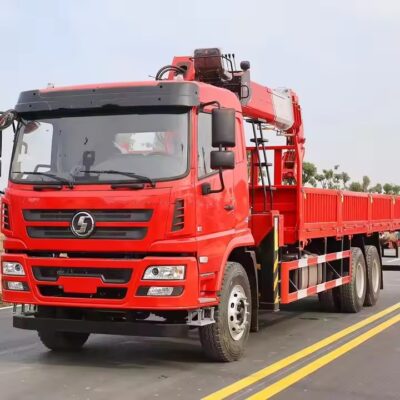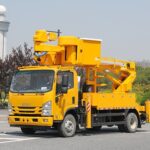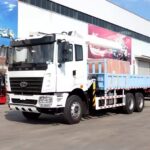오늘날 급속도로 발전하는 사회와 지속적인 도시화 건설의 진행 속에서, 트럭 탑재 크레인s have gained extensive usage in the market due to their remarkable flexibility and versatility. 이 크레인의 독특한 기능으로 인해 많은 관심을 받고 있습니다., 점점 더 많은 사람들이 이 업계에 진출하고 싶어합니다.. Given that 트럭 탑재 크레인s are special vehicles, users must possess a certain level of professional knowledge to effectively operate and control this model. Among the various components of a 트럭 탑재 크레인, the slewing mechanism stands out as a crucial element that plays a vital role in the overall functioning of the crane. Let’s take a closer look at this essential part.
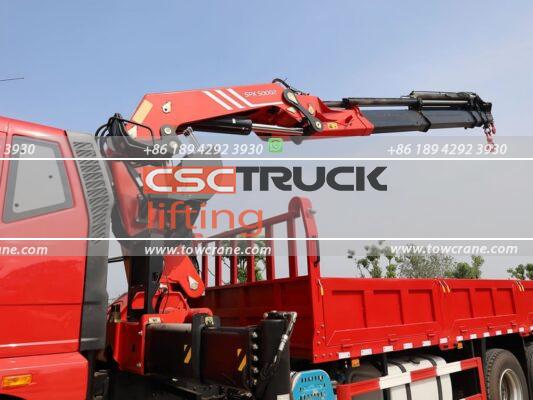
First, let’s delve into its specific uses and characteristics. The slewing mechanism is primarily designed to achieve the slewing and precise positioning of goods and the crane itself. It serves as an indispensable and significant part of the crane, constituting one of the most fundamental and important structures. This mechanism offers several notable advantages. It is highly efficient, enabling smooth and rapid rotation of the crane and cargo. Its small size and light weight make it easy to integrate into the design of the 트럭 탑재 크레인 without adding excessive bulk or weight to the vehicle. 추가적으로, it operates with low noise, minimizing disturbances in the work environment. The compact structure ensures that it takes up minimal space while still providing robust performance. The slewing mechanism also features stable operation, ensuring that the crane and cargo can be rotated steadily without excessive vibrations or instability. 게다가, it has a wide power transmission range, allowing it to handle a variety of loads and operating conditions.
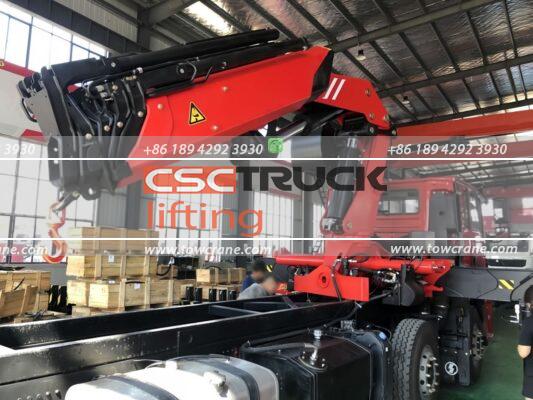
예를 들어, in a construction site, 에이 트럭 탑재 크레인 with a well-functioning slewing mechanism can easily rotate to reach different areas, enabling efficient loading and unloading of materials. Whether it’s placing heavy construction materials at specific locations or moving bulky items within a confined space, the slewing mechanism plays a crucial role in ensuring accuracy and ease of operation.
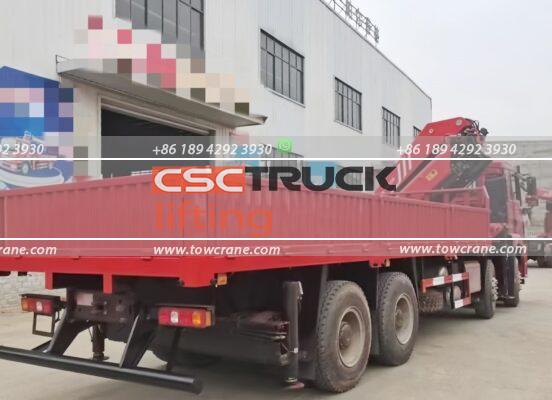
둘째, let’s discuss the reasonable use and lubrication of the slewing mechanism. Before the first use after the installation of the slewing mechanism, utmost care must be taken to thoroughly check whether the mechanism is assembled correctly according to the installation requirements. This step is crucial to ensure that the slewing mechanism functions properly from the outset and to prevent any potential issues that could arise due to improper installation. Before using the slewing mechanism, it is essential to check whether the pin for fixing the turntable on the crane has not been pulled out. This pin serves as a safety measure to prevent accidental rotation of the turntable during transportation or when the crane is not in use. When driving the 트럭 탑재 크레인, it is necessary to check whether the pin for fixing the turntable is inserted. This not only protects the slewing reducer from impact forces that may occur during transit but also ensures the safety of the entire crane system.
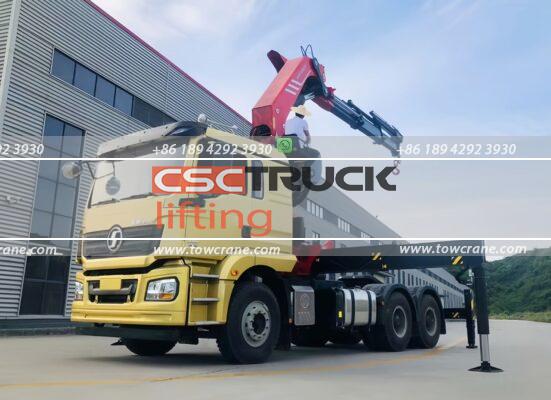
The slewing mechanism must not be stored in an environment with corrosive gases such as acid and alkali. Exposure to such gases can cause damage to the components of the slewing mechanism, reducing its lifespan and performance. 추가적으로, the slewing mechanism should not be operated beyond its rated load. Overloading can lead to excessive stress on the components, potentially causing damage and reducing the reliability of the mechanism.
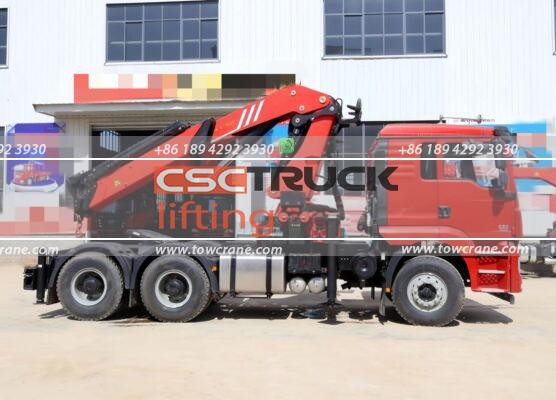
The normal working temperature range of the slewing mechanism is -20℃ to +80℃, and its working environment should be within the temperature range of -20℃ to +40℃. Operating outside these temperature ranges can affect the performance and durability of the slewing mechanism. 예를 들어, in extremely cold temperatures, the lubricants may thicken, reducing the efficiency of the mechanism. In very high temperatures, the components may be subject to increased wear and thermal stress.
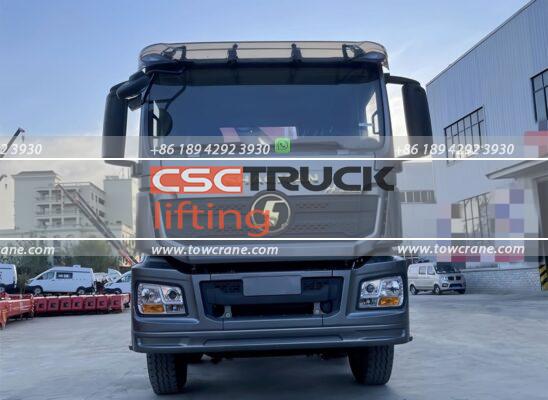
It is crucial to use the lubricating oil specified by the manufacturer and change it regularly. When the slewing mechanism is used for the first time, it is necessary to change the new oil in about 30 days. This initial oil change helps to remove any contaminants that may have been introduced during the manufacturing or installation process. Later, depending on the usage and operating conditions, the oil should be changed every 3 에게 6 개월. Regular oil changes ensure that the slewing mechanism operates smoothly, reducing friction and wear between the moving parts.
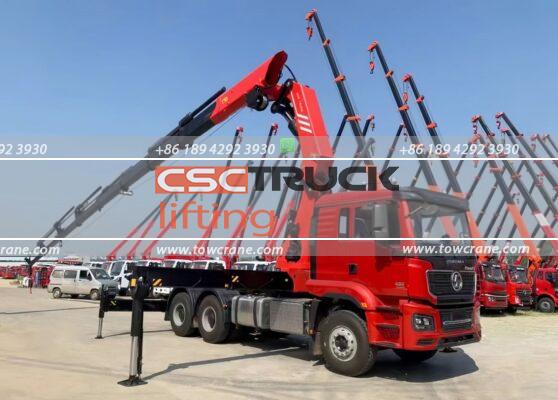
마지막으로, let’s talk about the storage of the slewing mechanism. If the slewing mechanism of the 트럭 탑재 크레인 is not used for a long time (이상 3 개월), certain precautions must be taken. The oil stored in the slewing mechanism must be drained completely and filled with turbine oil with a lower acid value. This helps to prevent the formation of corrosive substances and protects the internal components during storage. The slewing mechanism should be stored in a dry environment without corrosive gases. Moisture and corrosive gases can cause rust and damage to the metal parts of the mechanism. Remember not to store it for a long time in a high temperature or extremely cold (-20℃) environment. High temperatures can accelerate the aging of seals and other components, while extremely cold temperatures can cause damage to the materials. When using the slewing mechanism again after storage, the turbine oil should be drained and the corresponding grade of lubricating oil should be added to ensure proper operation.
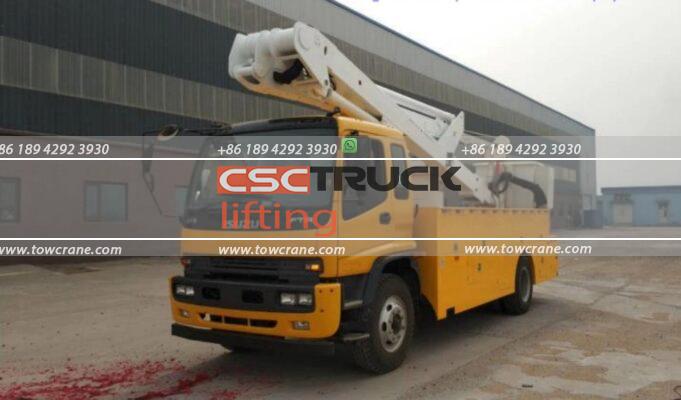
예를 들어, 만약에 트럭 탑재 크레인 is going to be out of service for an extended period, proper storage of the slewing mechanism can ensure that it remains in good condition and is ready for use when needed. By following these storage guidelines, the owner can avoid costly repairs and replacements due to damage caused by improper storage.
결론적으로, as the owner of a 트럭 탑재 크레인, understanding the slewing mechanism is essential. Its proper use, lubrication, and storage are crucial for ensuring the longevity and reliable performance of the crane. By being aware of these aspects and following the recommended procedures, owners can maximize the efficiency and safety of their 트럭 탑재 크레인에스, contributing to successful operations in various industries.




